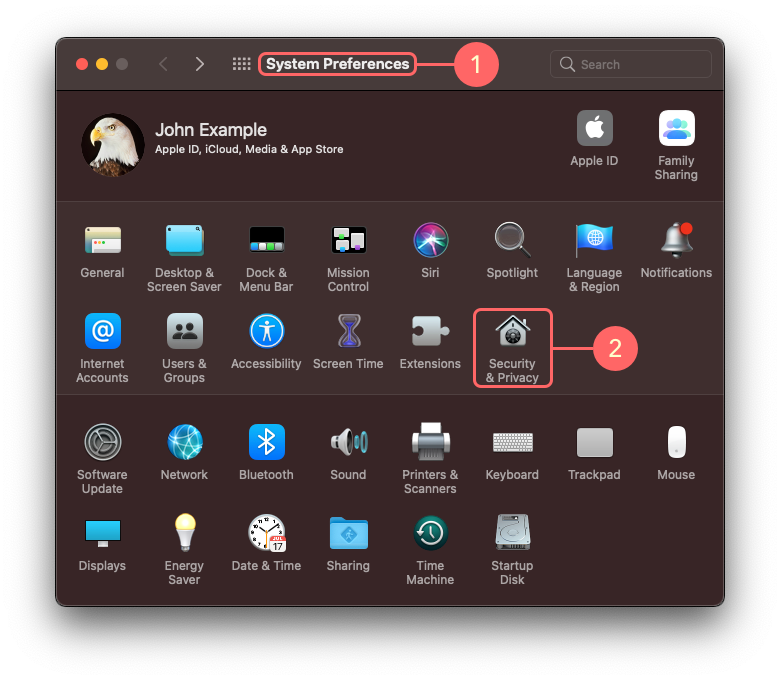

The exact color of the surface varies with the composition of the bricks used, and can appear from a light yellow to a deep red, with a medium orange being most common.Įn tout cas ( French for "in any case") is a version of red clay with a coarser top layer to improve drainage. Such courts are most common in Europe and Latin America. All clay courts, not just red clay, tend to cause a build-up of clay on the bottom of the shoes of the players, needing frequent removal.Īlmost all red clay courts are made not of natural clay but of crushed brick that is packed to make the court, with the top most layers consisting of finely crushed loose particles. Critics of red clay courts point to the constant need to wet them down, problems renewing the surface if it dries out, and the damage caused to clothing and footwear through stains. Movement on the loose surface is very different from movement on any other surface playing on clay often involves the ability to slide into the ball during the stroke.Ĭlay courts are unique in that the ball bounce leaves an impression in the ground, which can help determine whether a shot was in or out.

Clay court players use topspins to throw off their opponents. Clay courts favor the "full western grip" for more topspin. Clay-court players generally play in a semicircle about 1.5 to 3 metres (5 to 10 feet) behind the baseline. Players who excel on clay courts but struggle to replicate the same form on fast courts are known as clay-court specialists. Therefore, clay courts heavily favor baseliners who are consistent and have a strong defensive game, which has allowed players such as Rafael Nadal, Björn Borg, Chris Evert, and Justine Henin to find success at the French Open. Points are usually longer as there are fewer winners. Play Ĭlay courts are considered "slow" because the balls bounce relatively high and lose much of their initial speed when contacting the surface, making it more difficult for a player to deliver an unreturnable shot. Although less expensive to construct than other types of tennis courts, the maintenance costs of clay are high as the surface must be rolled to preserve flatness. Two main types exist: red clay, the more common variety, and green clay, also known as "rubico", which is a harder surface. Clay courts are more common in Continental Europe and Latin America than in North America, Asia-Pacific or Britain. The French Open uses clay courts, the only Grand Slam tournament to do so. Clay courts are made of crushed stone, brick, shale, or other unbound mineral aggregate depending on the tournament. Court Philippe Chatrier at Stade Roland Garros in Paris during the 2006 French OpenĪ clay court is one of the types of tennis court on which the sport of tennis, originally known as "lawn tennis", is played.


 0 kommentar(er)
0 kommentar(er)
